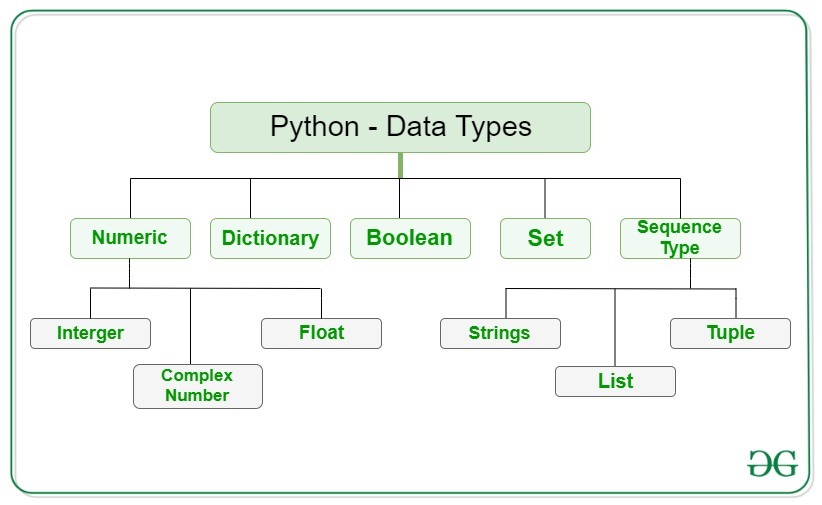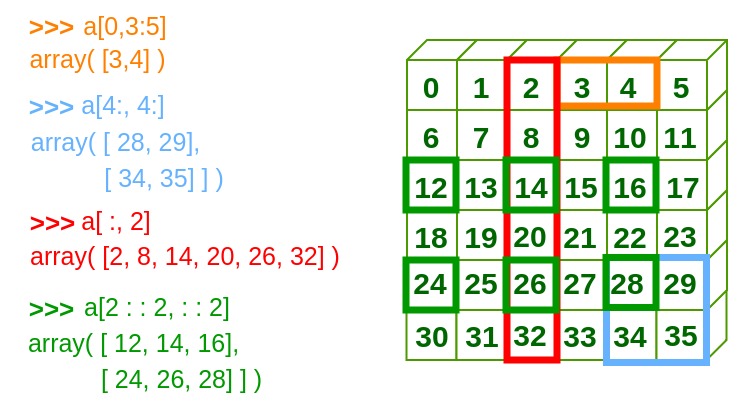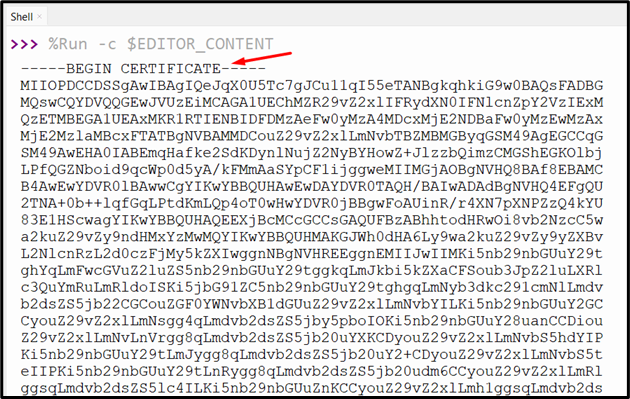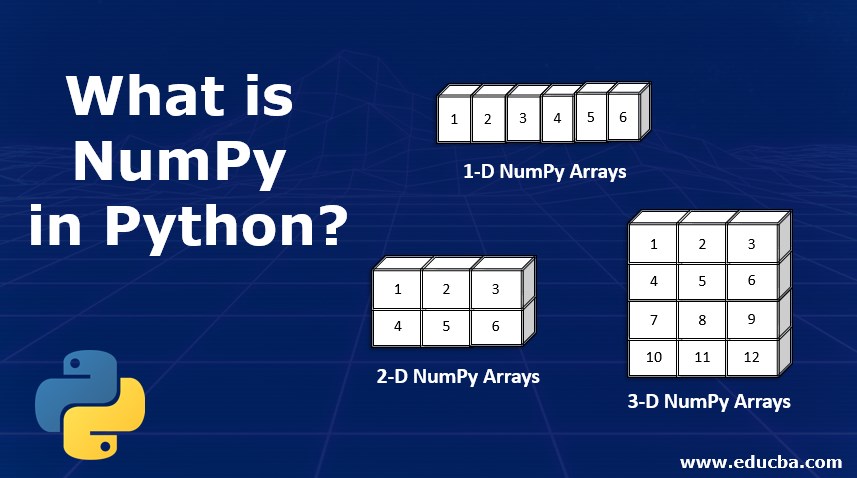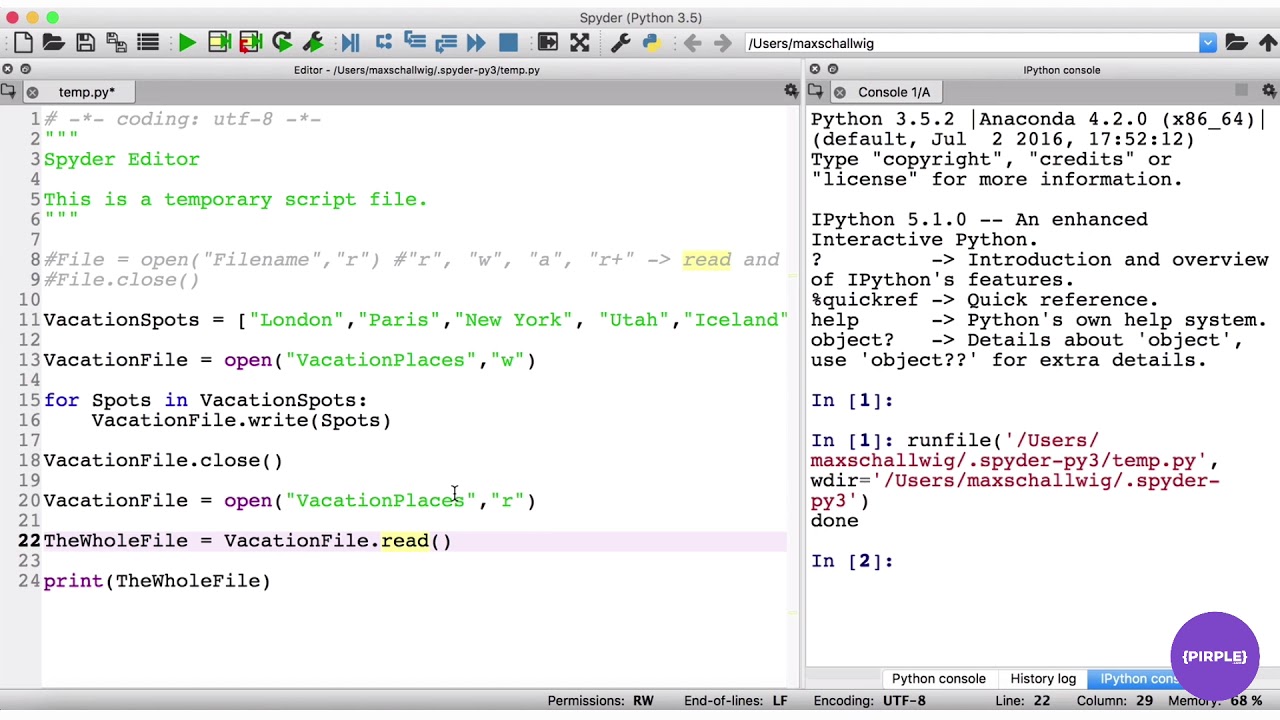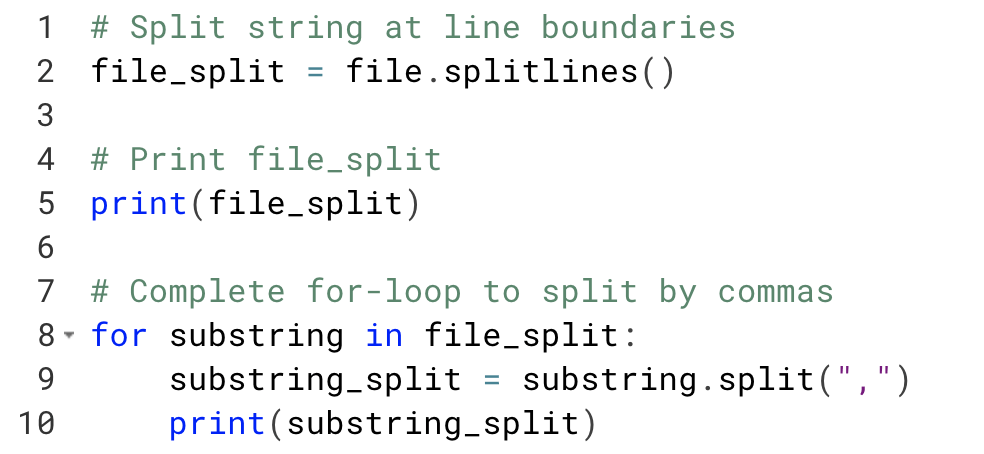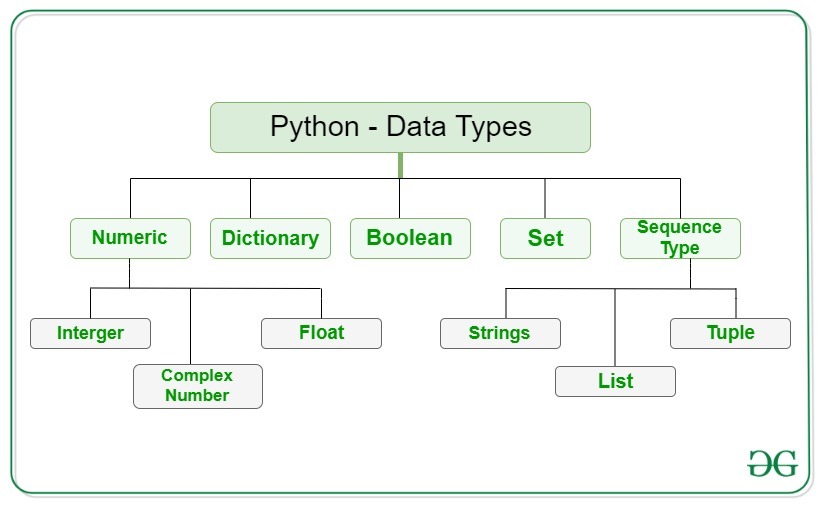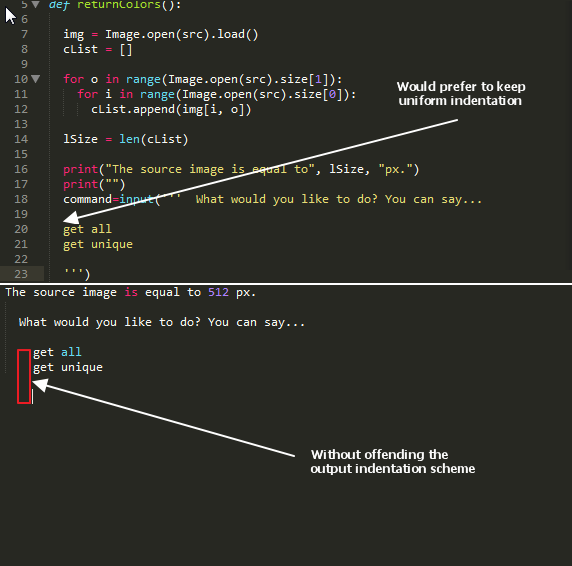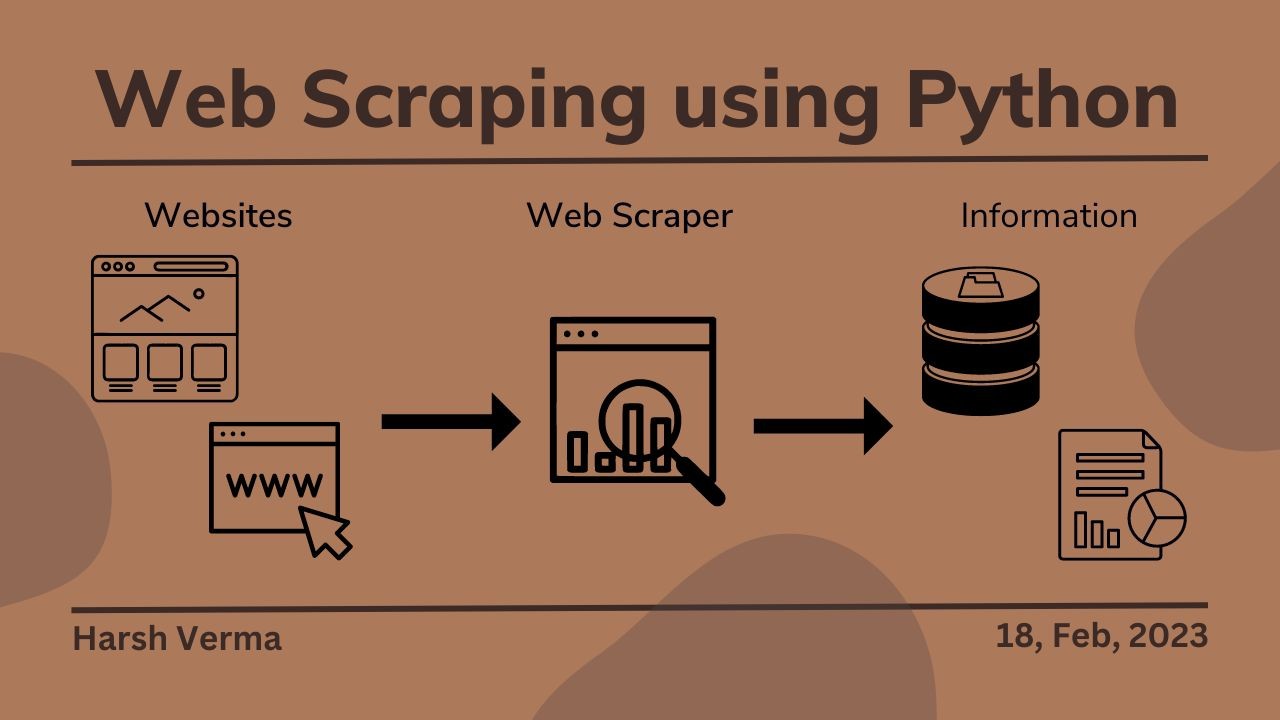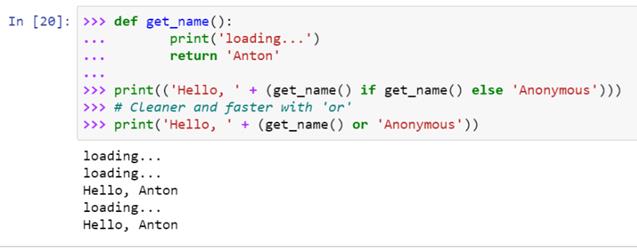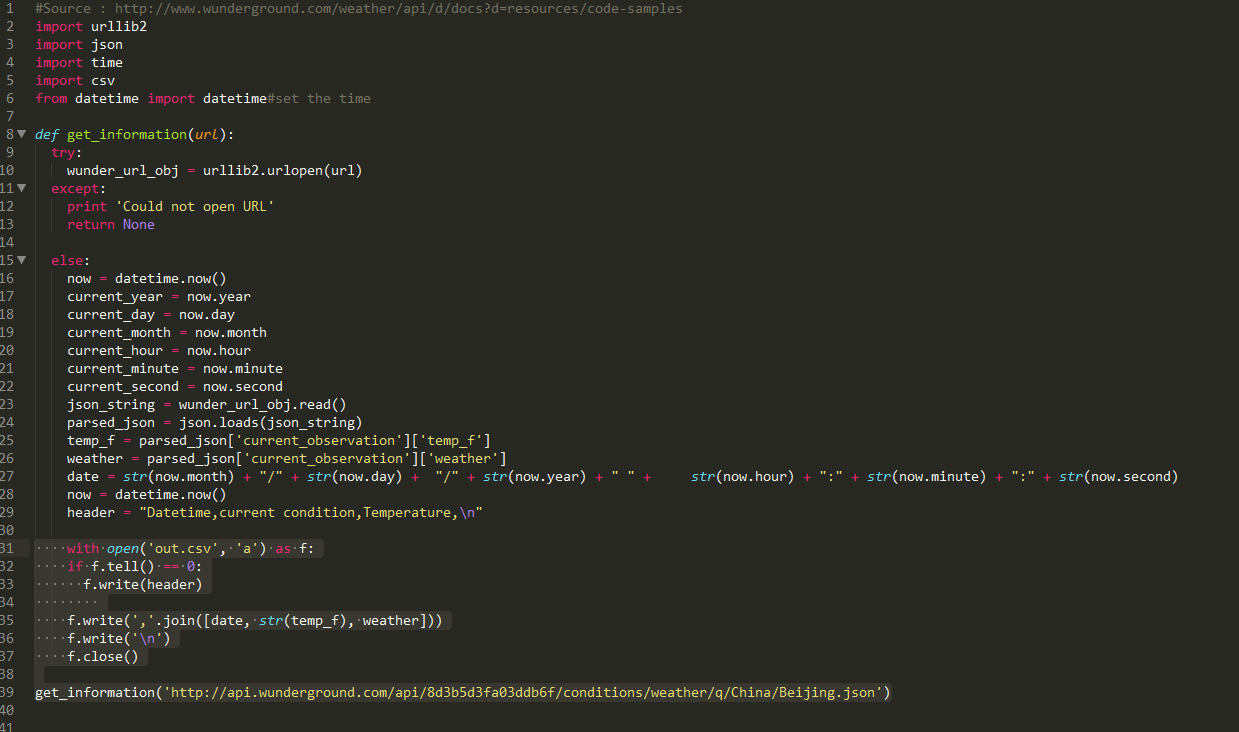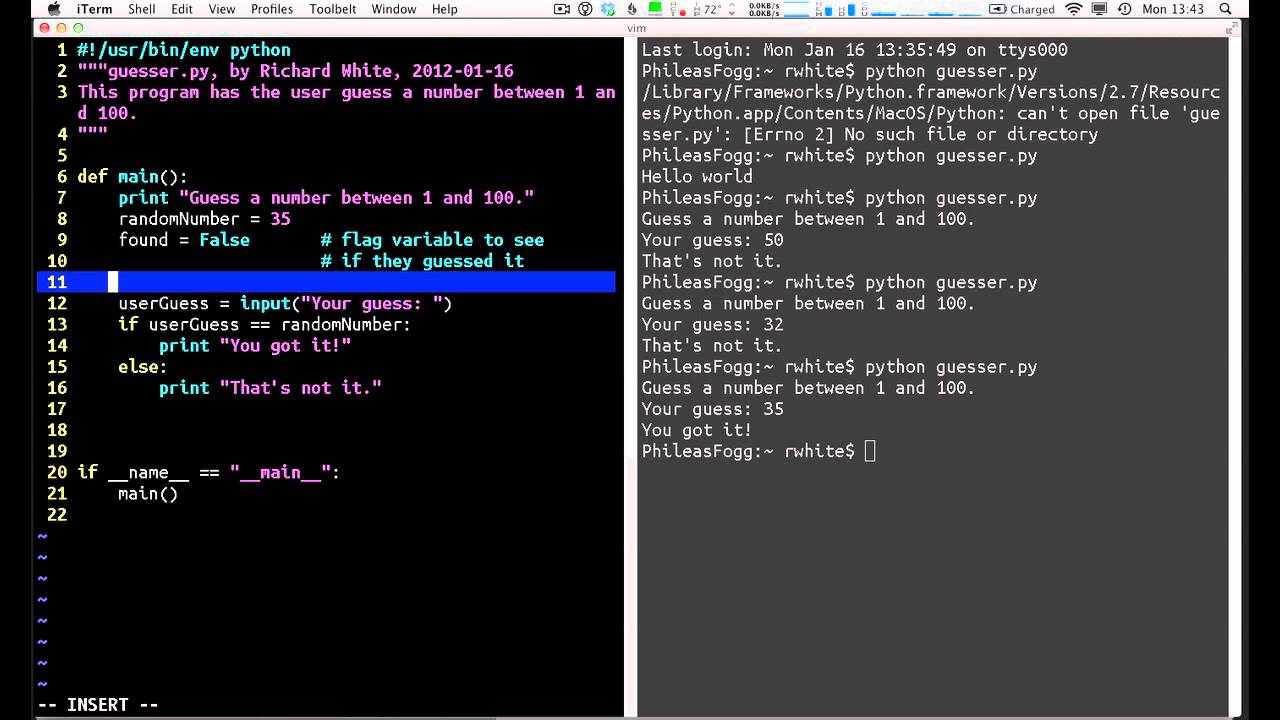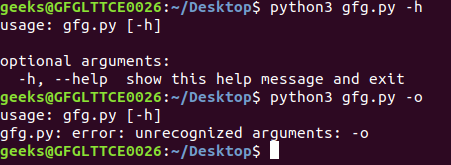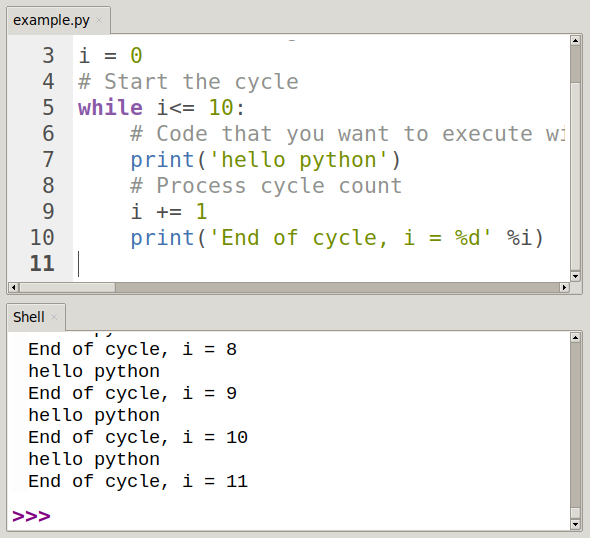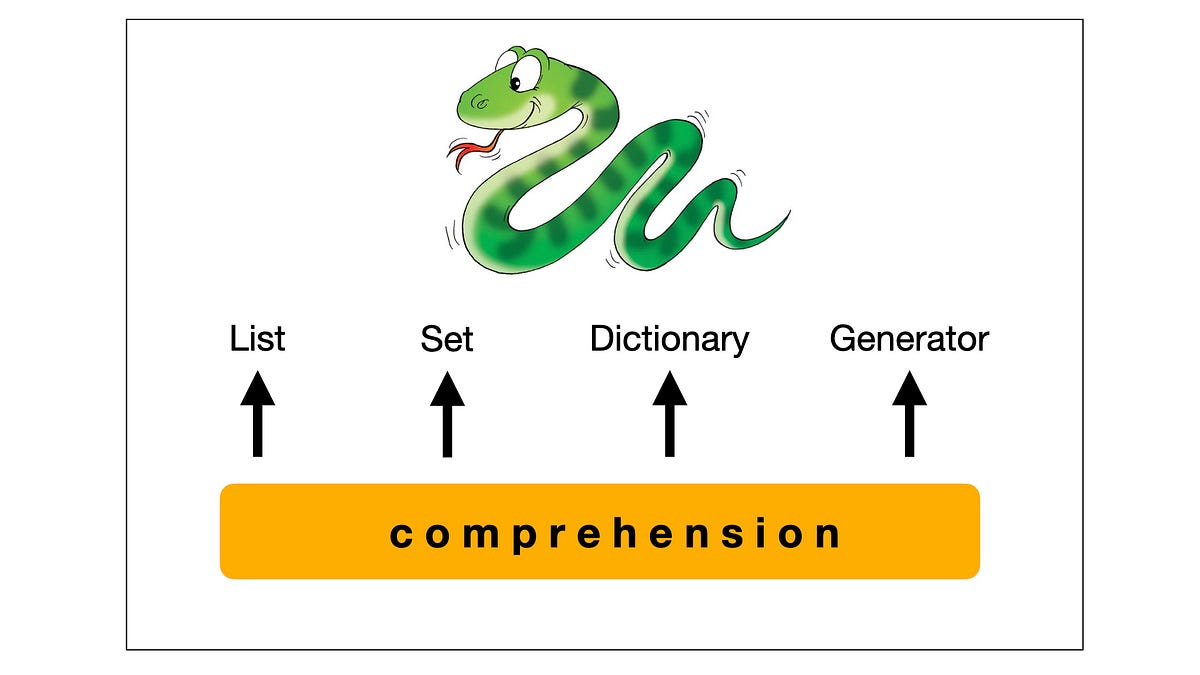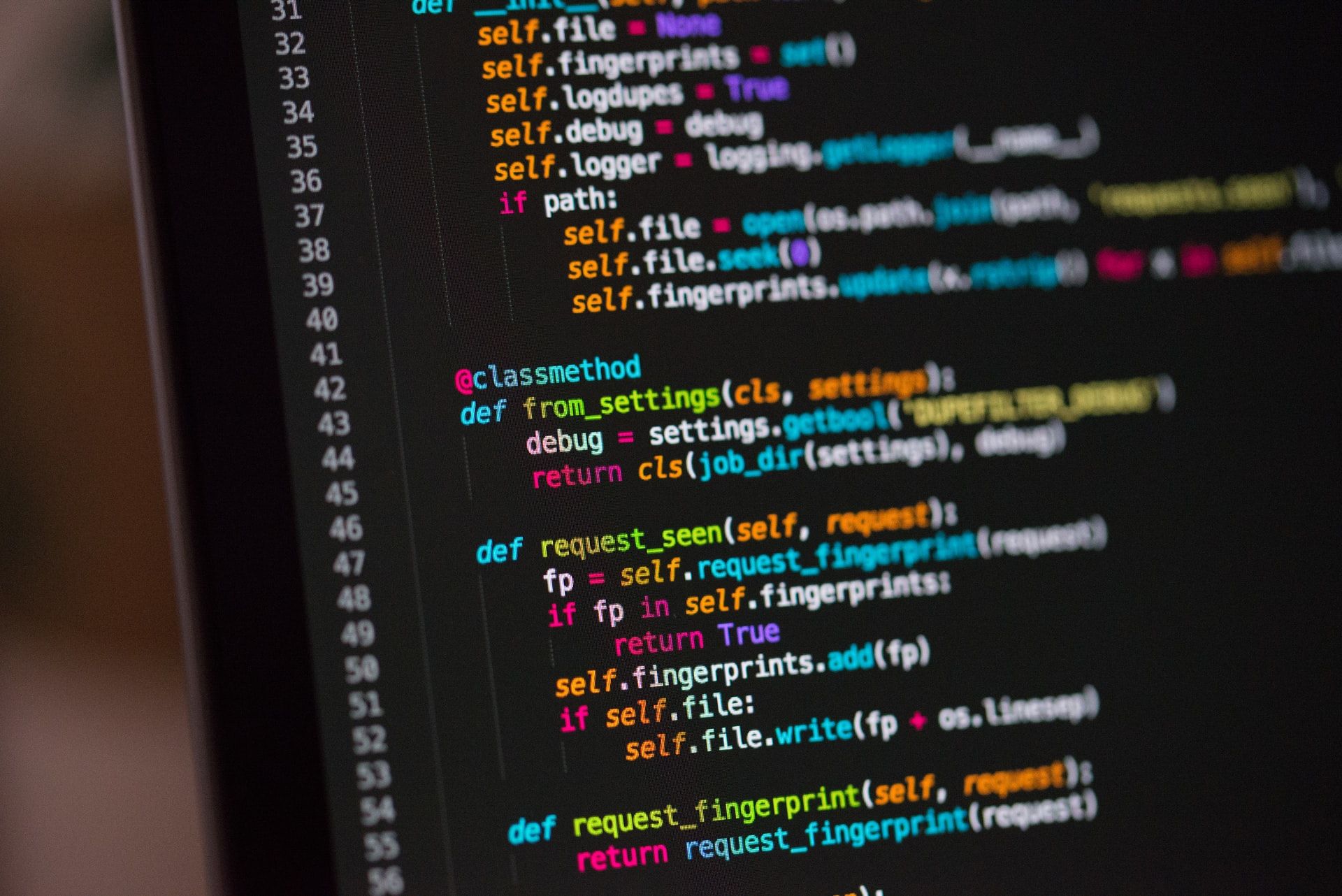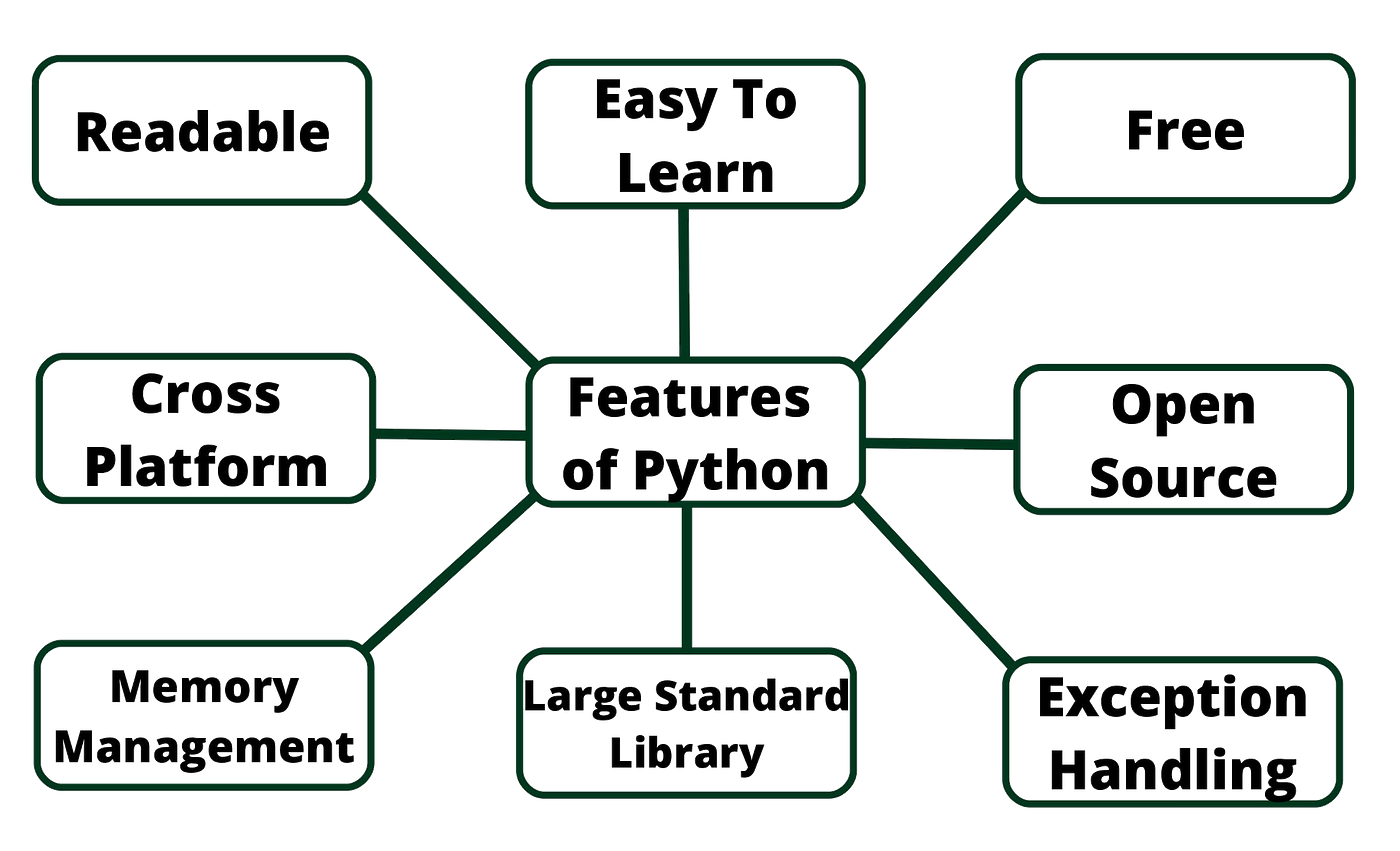What is the difference between if and Elif in Python?
What is the difference between if and Elif in Python?

In Python, both if and elif are used for conditional execution of code, but they serve different purposes.
The if statement is used to execute a block of code when a certain condition is met. The syntax for an if statement in Python is as follows:
if condition:
code to be executed if condition is True
In this case, the code inside the if block will only be executed if the condition evaluates to True. If the condition is False, the code inside the if block will not be executed.
The elif statement, on the other hand, is used to specify an alternative condition that should be checked if the original if condition is False. The syntax for an elif statement in Python is as follows:
if condition1:
code to be executed if condition1 is True
elif condition2:
code to be executed if condition1 is False and condition2 is True
In this case, the code inside the first if block will only be executed if condition1 evaluates to True. If condition1 is False, the code inside the first if block will not be executed. Instead, Python will check the second condition (condition2) and execute the code inside the elif block if it's True.
Here's a more detailed breakdown of how if, elif, and else work together in Python:
if statement: This is the primary condition that determines whether to execute the code or not. The elif statement: If the if condition is False, Python will check the next condition specified by elif. If this condition is True, the code inside the elif block will be executed. The else statement (optional): If all conditions (if and elif) are False, the code inside the else block will be executed.
Here's an example of how you might use if, elif, and else to handle different conditions:
x = 5
if x > 10:
print("X is greater than 10")
elif x == 5:
print("X is equal to 5")
else:
print("X is less than or equal to 4")
In this example, the code inside the first if block will be executed if x is greater than 10. If not, Python will check the next condition (x == 5) and execute the code inside the second elif block if it's True. Finally, if neither of these conditions are met, the code inside the else block will be executed.
In summary, if is used to specify a single condition that determines whether to execute code or not, while elif is used to specify an alternative condition that should be checked if the original condition is False. The else statement can be used to handle any remaining conditions.
What does elif mean in Python with an example?
I'm glad you asked! elif is a fundamental control structure in Python that allows us to execute certain code blocks based on conditions. It's an abbreviation for "else if," and it's used to specify an alternative action to take if the previous condition is not met.
The basic syntax of elif is as follows:
if condition1:
do something if condition1 is true
elif condition2:
do something if condition2 is true
...
Here, condition1 and condition2 are boolean expressions that evaluate to either True or False. The elif statement checks the value of these conditions in order from top to bottom. If the first condition is not met (i.e., it's False), Python will proceed to check the second condition, and so on.
Let me illustrate this with an example:
x = 5
if x > 10:
print("x is greater than 10")
elif x == 5:
print("x is equal to 5")
else:
print("x is less than 10")
Output: x is equal to 5
In this example, we have a variable x with the value 5. The first condition x > 10 is False, so Python moves on to the next condition. Since x == 5 is True, the code inside that block (i.e., "x is equal to 5") will be executed.
Now, let's see what would happen if we changed the value of x:
x = 15
if x > 10:
print("x is greater than 10")
elif x == 5:
print("x is equal to 5")
else:
print("x is less than 10")
Output: x is greater than 10 (not executed because of the first condition)
In this case, x > 10 is True, so Python will execute that block. The other conditions are not evaluated.
Remember, the order of your conditions matters! If you swap the two conditions in the example above, the output would be different.
In summary, elif is a powerful tool for creating more complex conditional logic in Python. By combining multiple conditions with if-else, you can write more robust and flexible code that handles various scenarios.
